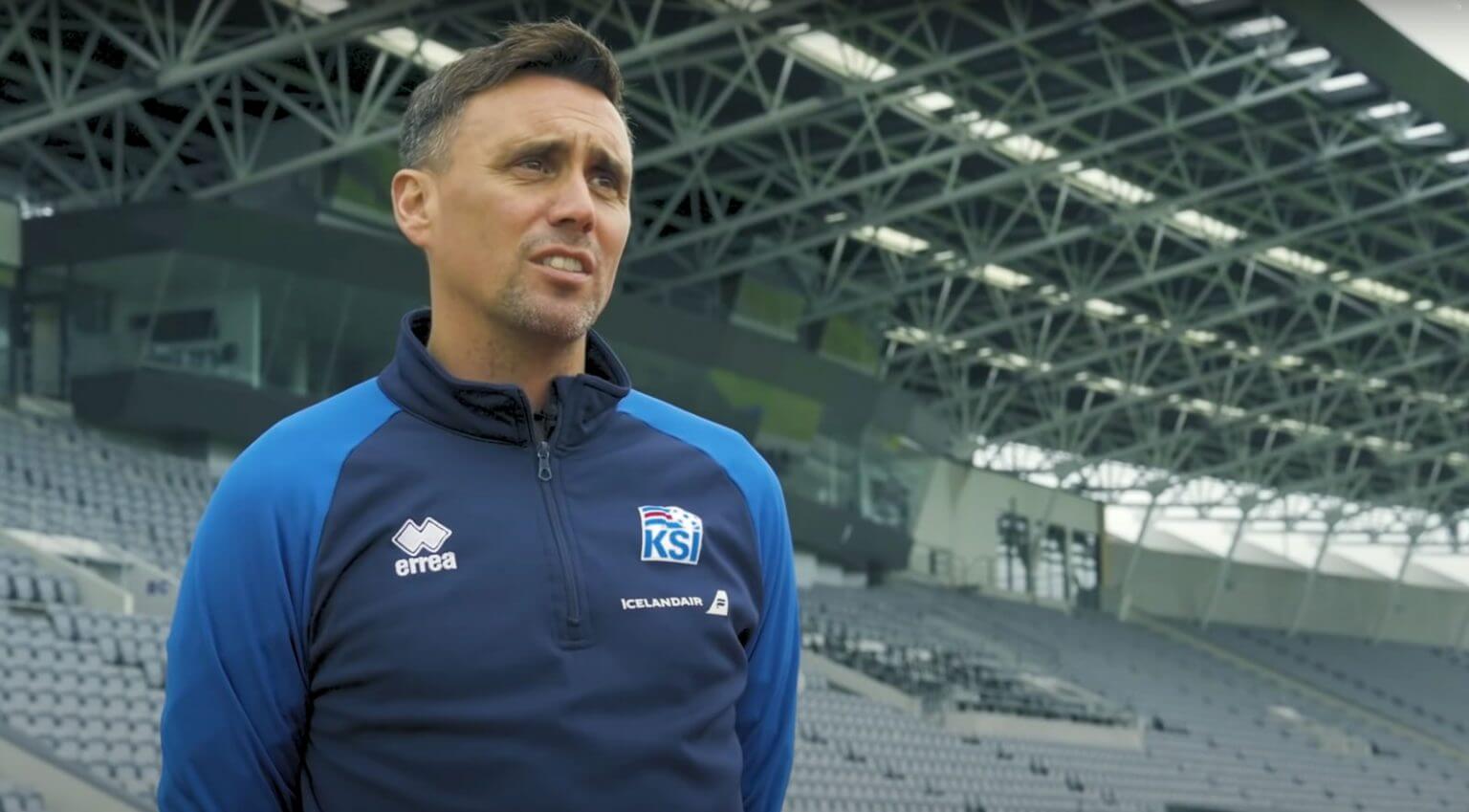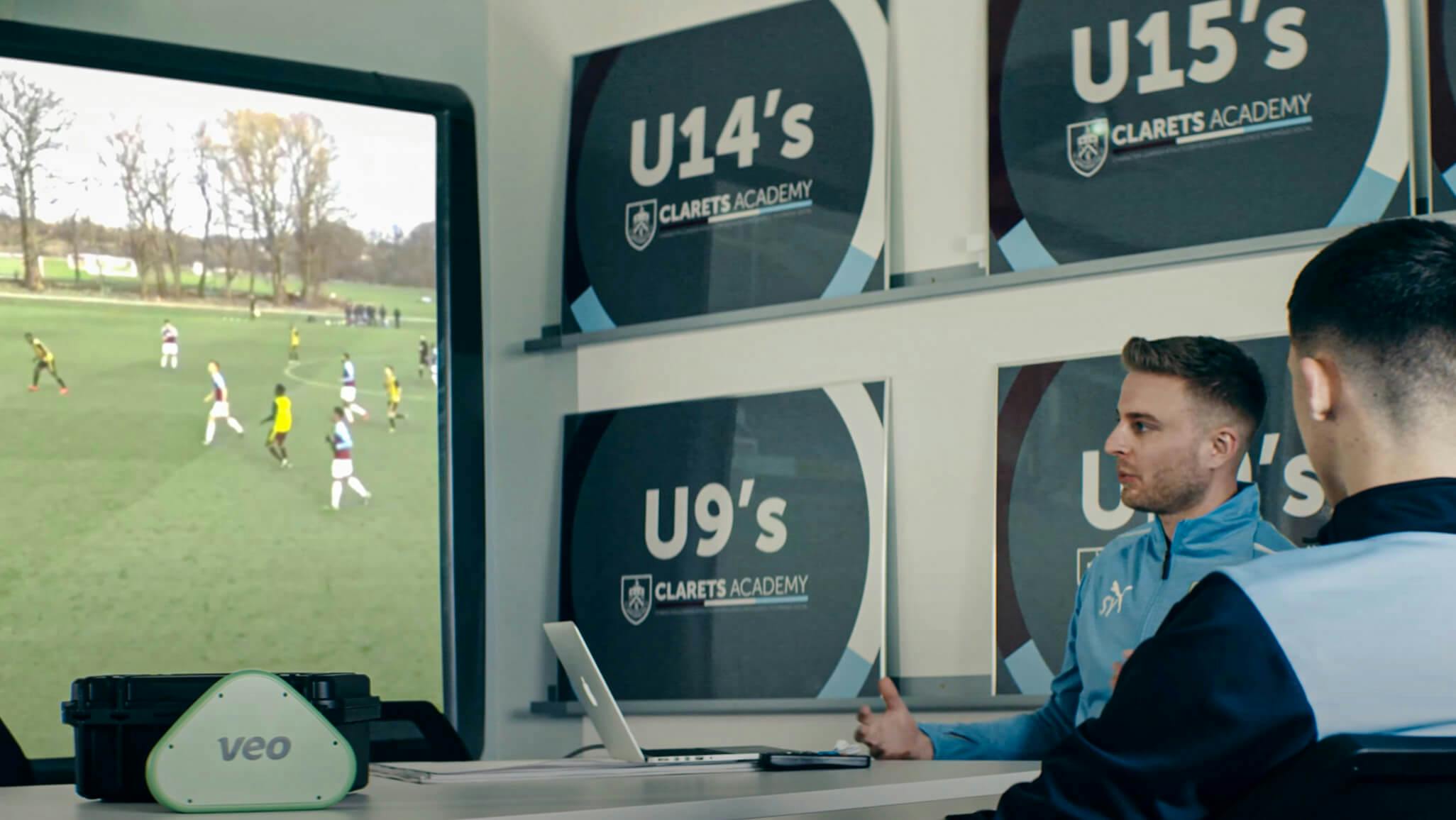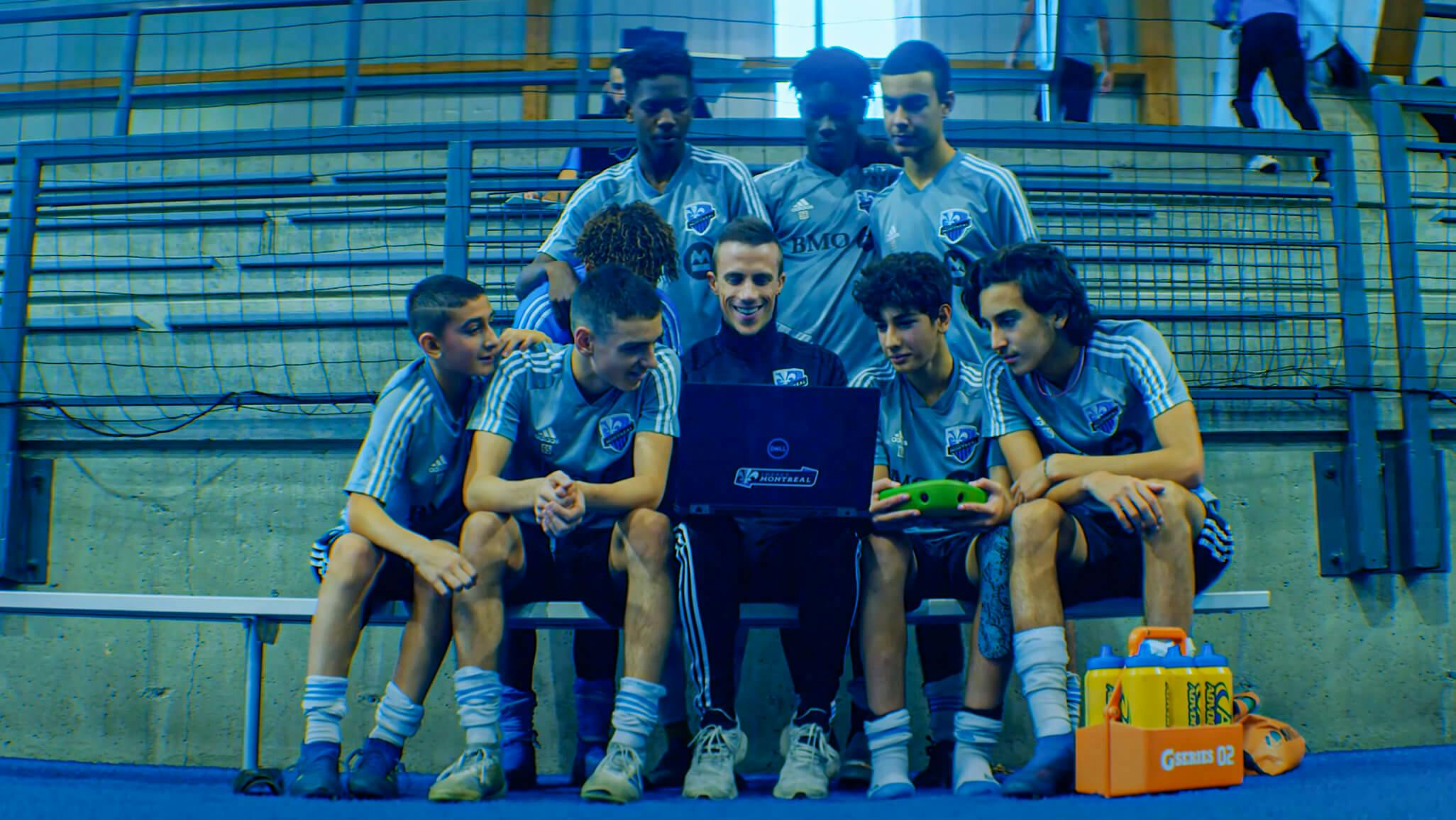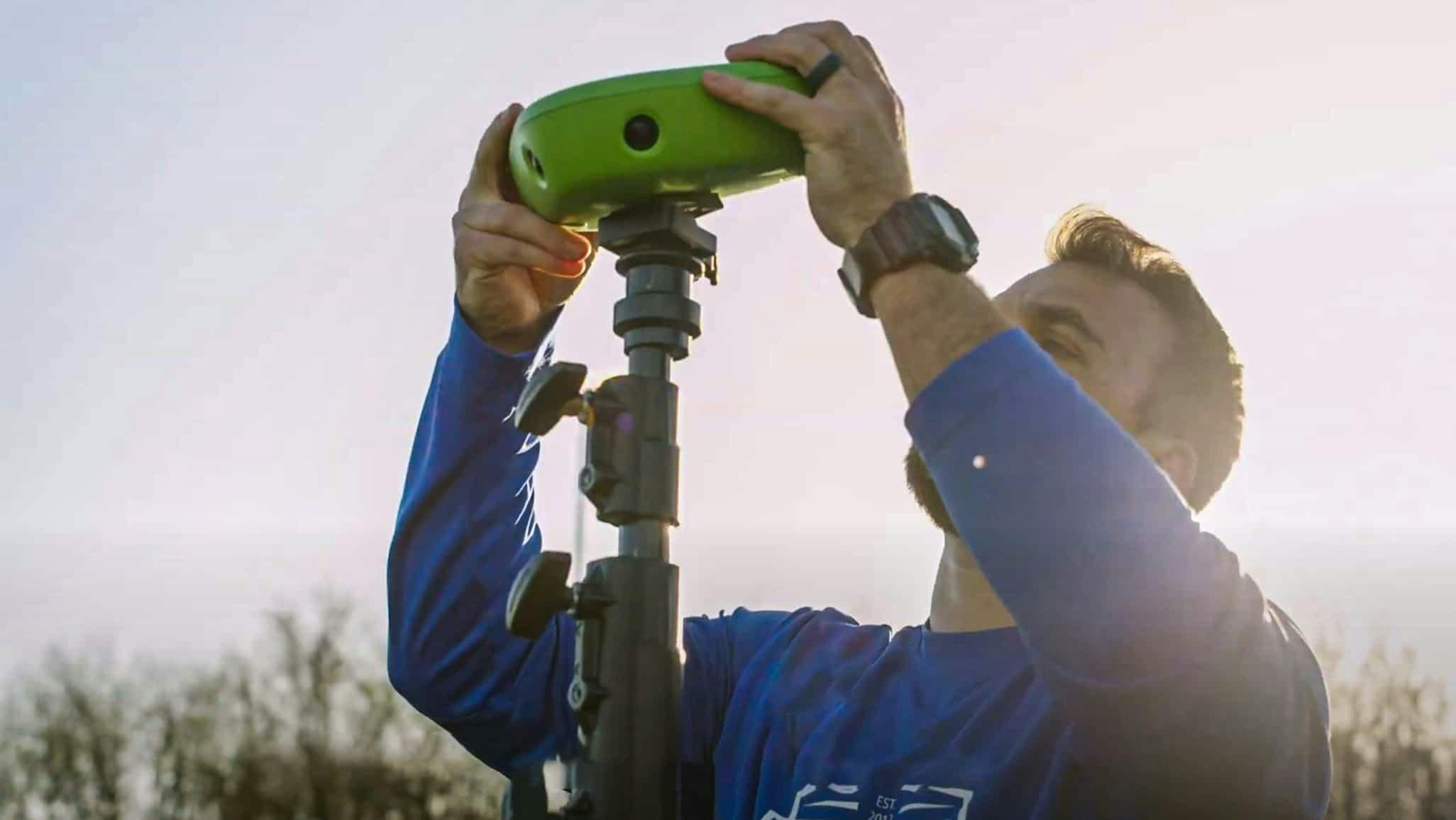Most people who follow international football have noticed the rise of Iceland as a football nation in the last decade. Their ascent to the international top is arguably one of the most sensational tales of football in this millennium.
In 2010, Iceland’s national men’s team found themselves in the 120th position on FIFA’s infamous world ranking list (also known as “The Coca Cola world ranking”). Only six years later – in late 2016 – the volcanic island nation peaked as number 21 after a year that culminated with the shocking 2-1 victory against England in the round of 16 at the European championship.
The success in the 2010s was primarily built around a very strong core of players who’d played together for several years with profiles like Gylfi Sigurðsson, Ragnar Sigurðsson, and Alfreð Finnbogason.
But what does the future for Icelandic football look like? For a nation like Iceland with just above 350.000 inhabitants, the talent pool has a natural limit. So how does the football association of Iceland, KSÍ (Knattspyrnusamband Íslands), make sure that all talent is leveraged?
"It starts with the video"
Arnar Viðarsson (42) is an experienced figure in the Icelandic football hierarchy. In his professional football life, he represented Iceland 52 times and played more than 350 matches in the best Belgian league in a career that also brought him to the Netherlands and Norway. Furthermore, he’s been coaching both his Belgian clubs, Lokeren and Cercle Brugge.
Viðarsson is now the Technical Director of KSÍ with the responsibility – among other things – for the technological development in Icelandic football.
“Modern technology is getting more and more important in football and it’s something that we’re trying here at the FA of Iceland to get better at,” says Viðarsson.
And the plan for the future is clear. A thorough investment in technology, data collection, and video technology.
“We are trying to improve our infrastructure, trying to collect more data. It starts with the video. This is the most important thing. That’s why we started last year to educate our clubs in Iceland about the importance of filming all the games from the youth to the first teams."
There is no secret

Investing heavily in football infrastructure is not a new thing for Iceland. In fact, when you speak with people in the Icelandic football community, two things recur as the reasons behind the last decade’s success. One is of course the aforementioned talented generation of players. But even the most talented players need education and facilities.
“We have a very good generation of players, but probably the biggest reason is that 20 years ago, the clubs and the partnership with the cities and the government they started to build the infrastructure of Icelandic football,” says Viðarsson.
Around the turn of the millennium, the Icelandic football authorities began to build new football pitches and educate coaches. Today, about one out of 500 Icelanders is a UEFA licensed football coach. In England, the number is about one in 10,000. And even if 345 football pitches don’t sound like a lot for an entire country, it is in fact a football pitch for every 66 registered football players in Iceland.
“The infrastructure and the possibility of training the whole year round under good circumstances have improved a lot in the past 20 years. That means that the players can train more, they can train harder and they can play more games.”
Keeping up in a digital country
Iceland is in many ways one of the world’s most modern and digitised countries. However, there’s still a way to go for Icelandic football to reach the level of modernisation that characterises the rest of the country.
“It’s a strange thing in Iceland with football and modern technology. Because we are actually a very modern nation. Technology comes really fast to Iceland. If we talk about new technologies like televisions or whatever, it comes to Iceland quite fast. But when it comes to taking modern technology into football, we are lacking a bit. We are behind,” says Viðarsson and continues:
“So that is the race that we are doing now. With the help of Veo and other analysis systems, we’re trying to make sure that everybody who’s involved in Icelandic football understands and recognises the importance of modern technology and not only that we have it, but that we know how to use it.”
Bringing Icelandic football up to date on modern tech is not only a matter of buying the tools. Education is equally important in KSÍ’s strategy.
“We need to educate our people in football on how to use the technology as well. So you can not only record the games, but actually make sure that it strengthens our game. Because it’s not enough to buy a Rolls Royce, you need to hire a driver as well.”
Video analysis on the syllabus
The combination of heavy investment in infrastructure and education has given Icelandic football the possibility to punch above their weight in international football. It doesn’t suit the ambitious spirit of the Nordic volcanic island to settle back and wait for the next golden generation.
“The next step we need to take to make sure we remain successful is actually more of the same. We already have the pitches and the indoor halls, so now we need to strengthen our infrastructure through data and modern technology. And that’s why Veo is really important for Icelandic football at the moment,” says Viðarsson.
On the educational side, Iceland has invested too. All coaches who work with players who are six years or older must have a licensed coaching education and as a new thing, video analysis is now a part of the Icelandic coaching education on all levels.
“This year, in the coaching education of Iceland, we have for the first time the UEFA Pro License [the highest available coaching certification]. This means that our video analysing part is getting bigger and bigger in the education curriculum as well. This is not only in the Pro License, but also in the UEFA A and B education because if the coaches want the UEFA license, they need to be able to analyse games. And to be able to analyse the games, you need video. That’s as simple as it is.”
KSÌ and Veo
In 2019, KSÍ and Veo agreed to a partnership that will provide Icelandic grassroots football with Veo’s cameras and analysis systems.
“The partnership between the FA of Iceland and Veo started last season [2019] when we decided, my department at the FA and all the head coaches of the academies in Iceland, that we needed to improve the platform of games and video. Before, almost none of the clubs were filming their games in the academies which meant that we almost had no data or video of our players. It was a problem for the FA too because we didn’t have the equipment to film the games of our youth teams. Some of the games are recorded when you get to the higher levels of the UEFA tournaments, but all of our friendlies, we didn’t have footage of those,” says Viðarsson.
The inspiration came from a small club who’d started using Veo only a couple of months before the meeting.
“It was actually a club that started this partnership between the FA of Iceland and Veo. That club introduced Veo in a meeting between the FA and all the academies. That’s when we decided to move on with Veo,” he says.
When KSÍ learned about the system, there was not much hesitation by the decision-makers.
“Veo is very simple to set up. It’s very simple to film. And it’s very simple to upload to the system. And of course, the biggest advantage of Veo is that you don’t need anybody to film. The coaches can put up the camera before the training or before the game and they take it down after the game or the training and they plug it into the internet and off it goes to the Veo platform. You have to make sure that your basics, the groundwork, is good. And that’s another reason why we chose Veo. Because we know that we get quality video, so we can take it further with the analysis with the coaches.”
Iceland is currently number 19 on FIFA’s World Ranking for women and number 39 on the men’s’ list. But with the help of modern technology, the KSÍ are definitely prepared for the future. And the rest of the football world can start quaking in their boots.
Euro 2016 was not a fluke. Iceland is here for good.
At Veo, we are *passionate* about helping sports teams reach their full potential using cutting-edge video technology.
More to Explore



